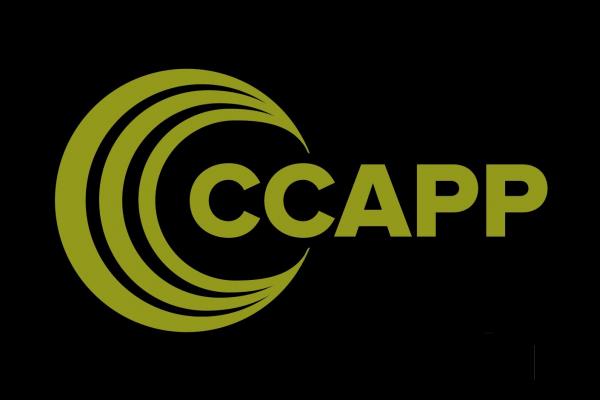
Please note that the room this seminar will be held in is different than the usual CCAPP Seminar room.
Please sign up for meetings and meals here: https://docs.google.com/spreadsheets/d/1Pt3t4WTQHwdJrn7Q744hgk1NsiGe_cjgKybI_SD9WKY/edit?usp=sharing
Probing Dark Matter with Dwarf Spheroidal Galaxies
Abstract: The distribution of dark matter within galaxies is a key observable to understanding the nature of dark matter. The Milky Way satellite dwarf spheroidal galaxies (dSph) are nearby highly dark-matter-dominated systems and excellent laboratories for testing different dark matter models. I will present an analysis examining multiple stellar populations in the Ursa Minor and Sextans dSphs with new Keck/DEIMOS, MMT/Hectochelle, and Magellan/M2FS spectroscopic data. The dynamics of multiple stellar populations can help derive the underlying dark matter density profile.The dSph galaxies are excellent targets for searches of dark matter annihilation or decay due to their close proximity and large dark matter fractions. I will discuss calculations to determine the expected dark matter signal (aka astrophysical J-factor) from stellar kinematics. I will touch on recent work to extend this analysis to velocity-dependent dark matter models.I will discuss a spectroscopic binary found in the Tucana II dSph. I will present an orbital solution and discuss the consequences of velocity variability on the inferred dark matter halo.
